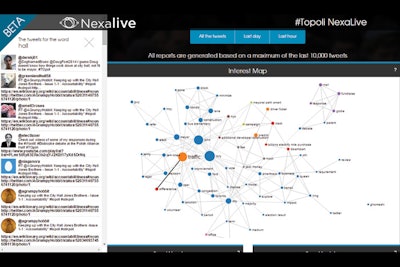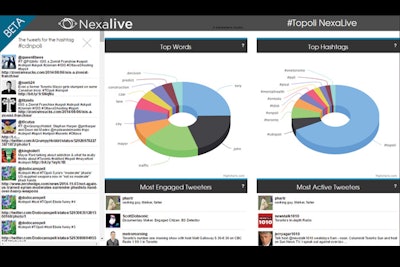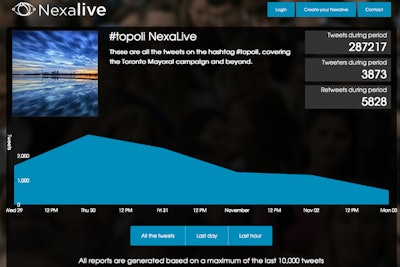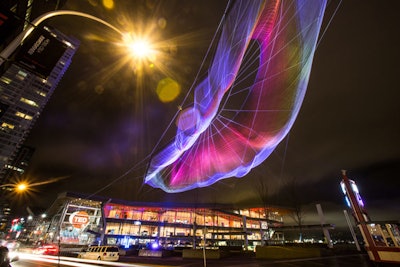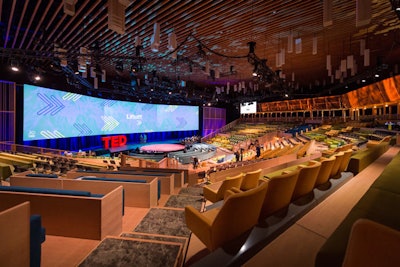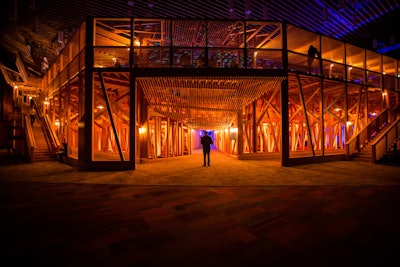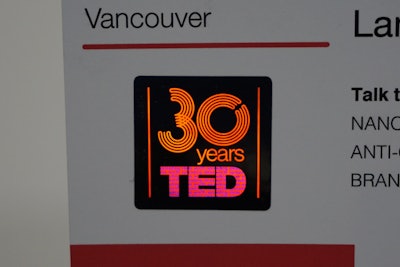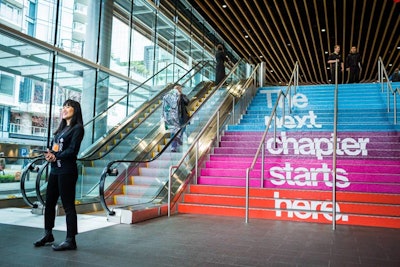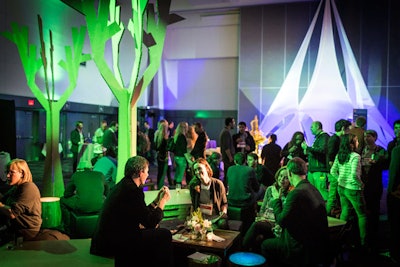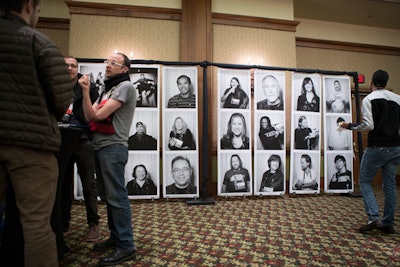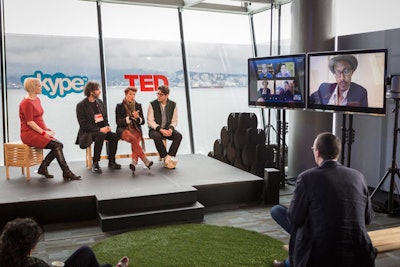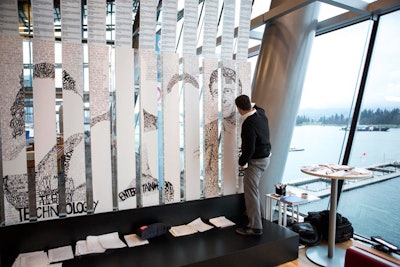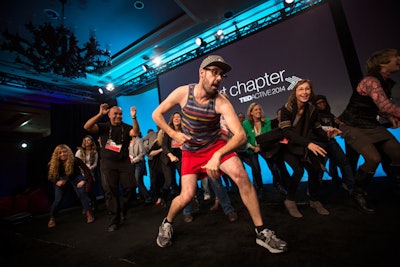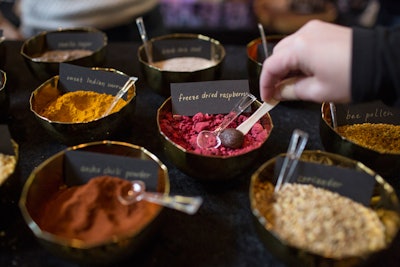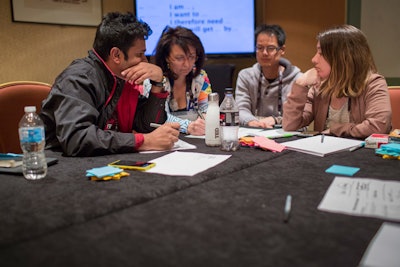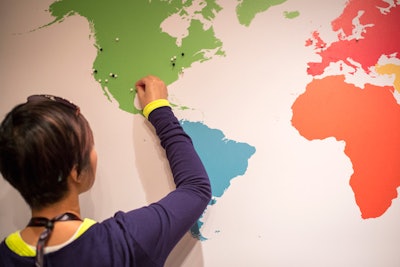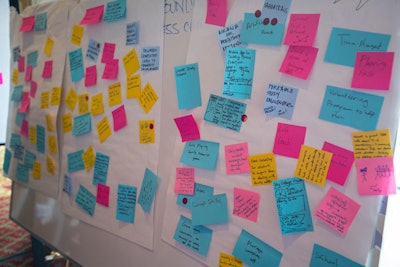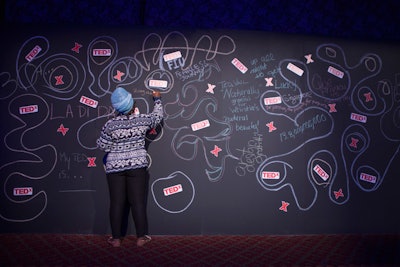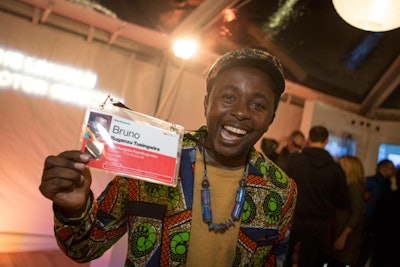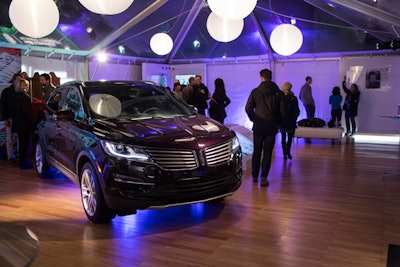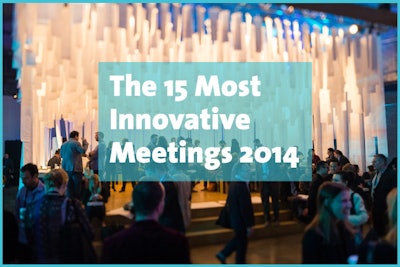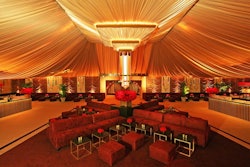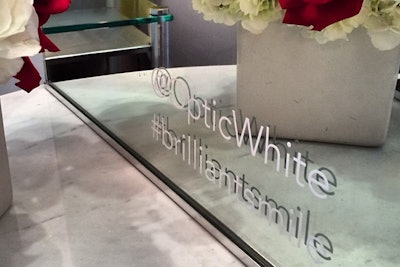
Guests will be more inclined to snap selfies if they feel they're looking their best—so events are coupling beauty treatments with other encouragement. At the Colgate Optic White beauty bar ahead of the Golden Globes in Los Angeles earlier this year, decals bearing the appropriate handles and hashtags decked mirrors near the beauty stations where guests were captive during hair and makeup services.

At the BMF Music Lounge during Coachella, sponsor Tide gave guests all the elements needed to take a selfie and easily share it. In a poolside suite at Palm Springs's Ingleside Inn, the brand decked out a mirror with floral appliques as well as the appropriate hashtag #TidePlus.

Event Farm and HyperVocal hosted the "2.0: The New Media Party" at the Carnegie Library last weekend during the White House Correspondents' Association Dinner. At the event, the "Selfie Squad" sponsored by Microsoft facilitated quality selfies with guests, decor, the band, and other details of the party. The team then immediately posted the snaps to social sites using the hashtag #NewMediaParty.
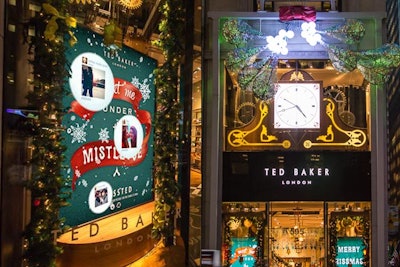
During the holidays, fashion brand Ted Baker used the tradition of kissing under the mistletoe to encourage selfies that promoted the brand. At the Ted Baker Fifth Avenue store in New York, Kin Design created a 20- by 20-foot aluminum sculpture to serve as a modern twist on mistletoe, and guests shared kiss pics on Twitter and Instagram with the hashtag #KissTed. With the help of a specially designed app, photos then fed two 90-inch monitors inside the store’s front windows for passing shoppers to see. On Christmas Eve, the brand selected one participant to receive a free four-night stay for two at the St. Regis Hotel in Abu Dhabi.
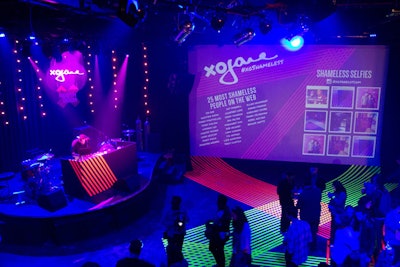
Online magazine xoJane hosted a party at South by Southwest in Austin, Texas, this year that rewarded guests with fame at the event for snapping selfies. In an upstairs portion of the party space, guests were encouraged to take selfies with mirrors. The shots were then printed to add onto the "Shameless Selfie" wall and were projected in the event's main space, where MKG used neon masking tape and ultraviolet lighting for pops of bright color. The event promoted the pub's "Shameless Celebrity" list.
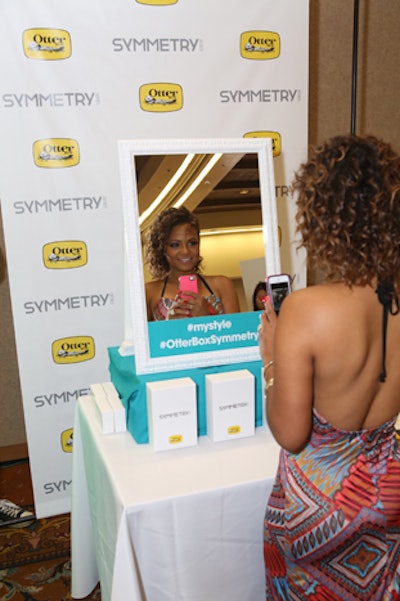
OtterBox gave out its new Symmetry Series phone case to guests at the Kari Feinstein Style Lounge at Coachella. But the free stuff came with a not-so-gentle reminder to help proliferate the brand’s message on social media: A dedicated mirrored “selfie station" allowed guests to share their snaps (with their phones clearly pictured, of course) using the appropriate hashtags.

Offering guests extra props or backdrops to inspire selfies can sometimes seal the deal. During a holiday event, the W Fort Lauderdale placed mirrors in nine spots throughout the property, each embedded in elf-theme vignettes. After snapping their festive shots, guests could then upload the images to Instagram, Facebook, or Twitter using the hashtags #WFortLauderdale and #BringtheBright.
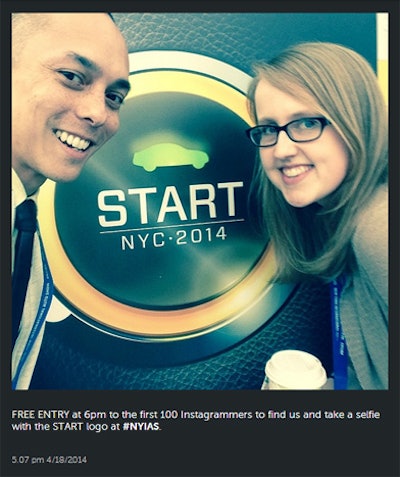
Not all selfies are spontaneous; offering a reward can incentivize guests to take and post them. The New York International Auto Show gave out free tickets to opening night to the first 100 people who posted a selfie with a show poster, found in New York's Jacob K. Javits Convention Center.
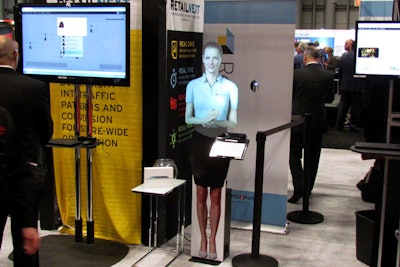

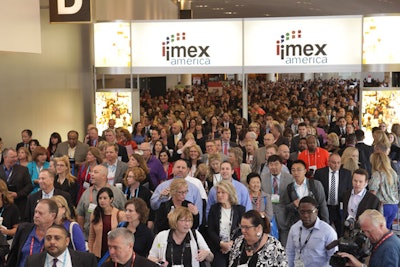
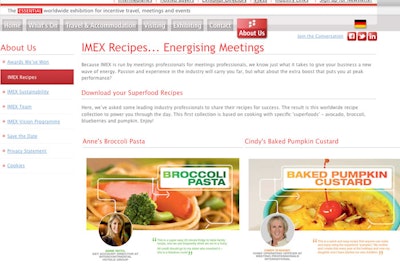
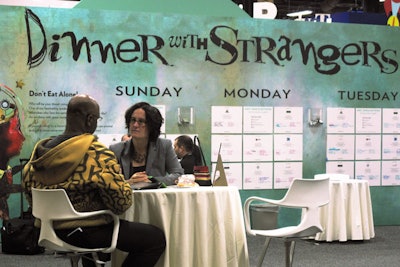
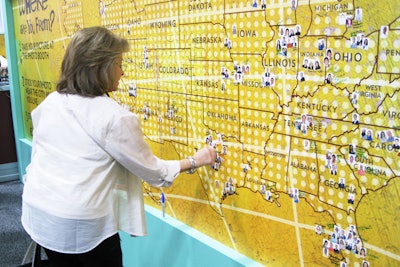
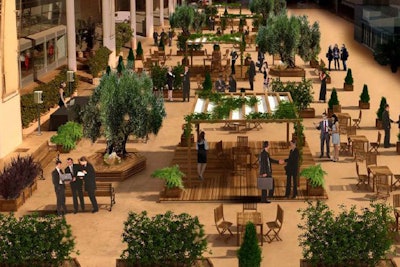
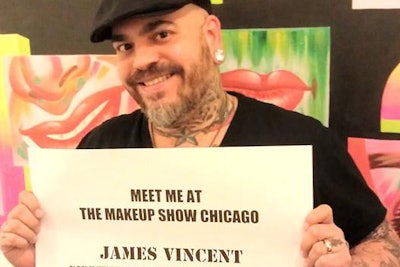
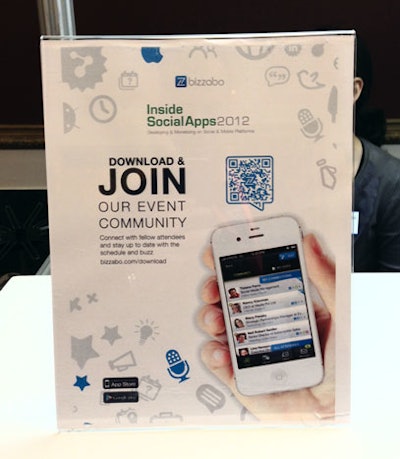
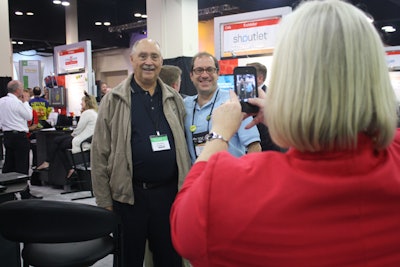

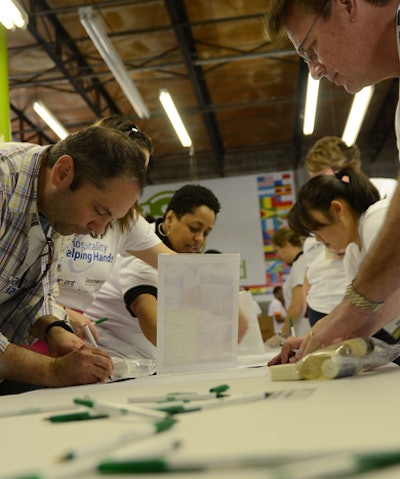
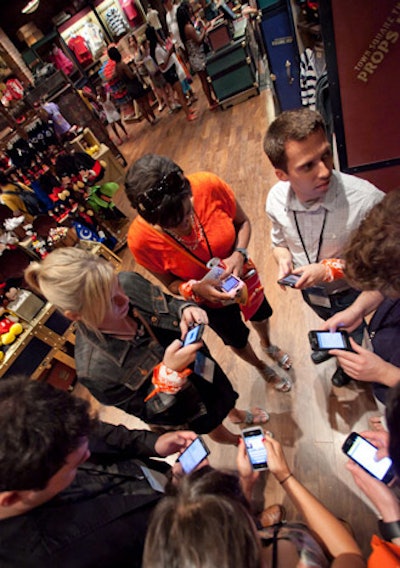
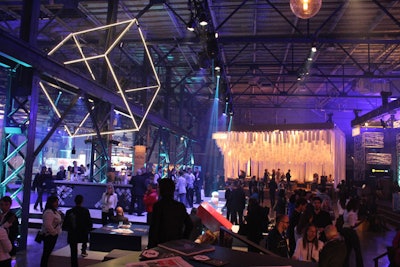
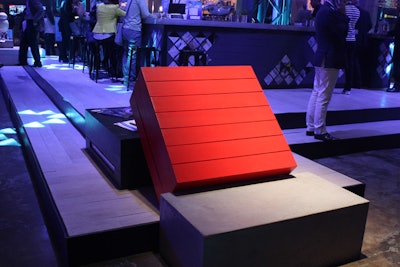
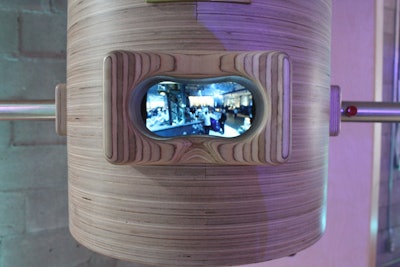
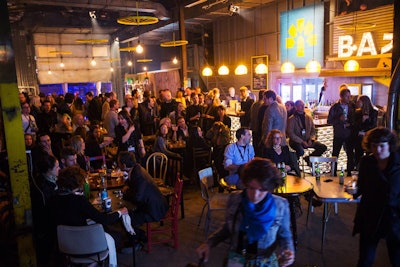

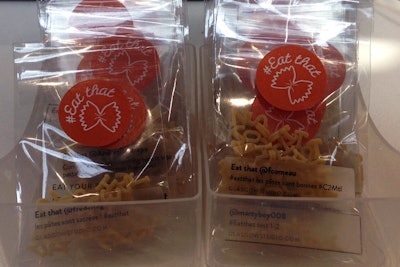
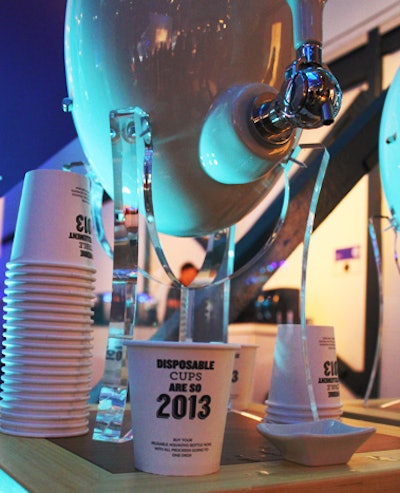
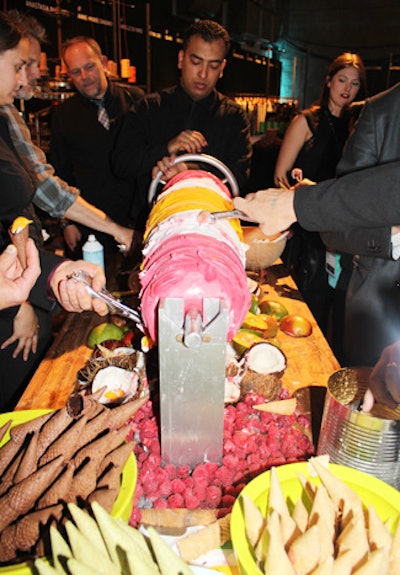
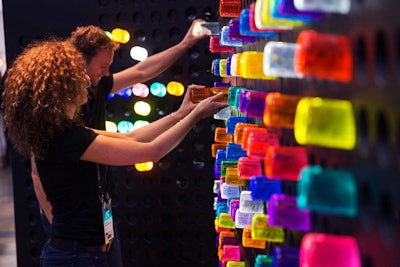
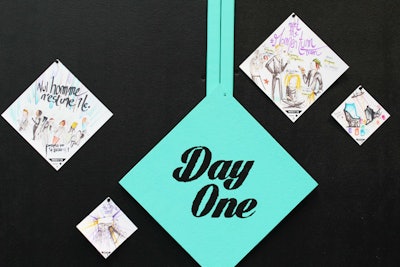
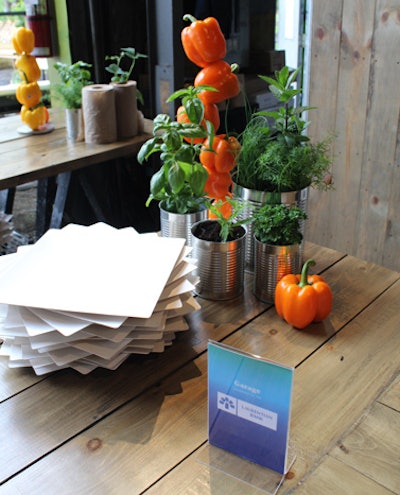
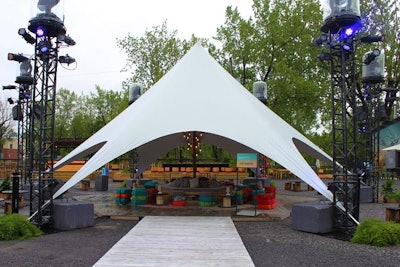
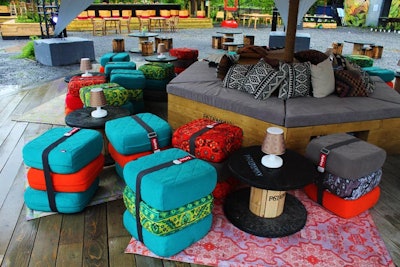
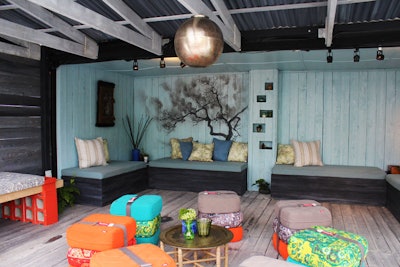
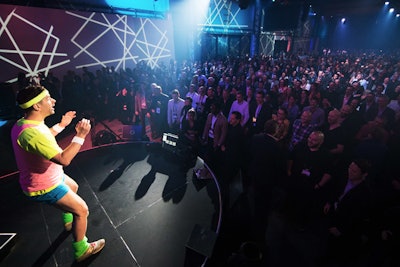
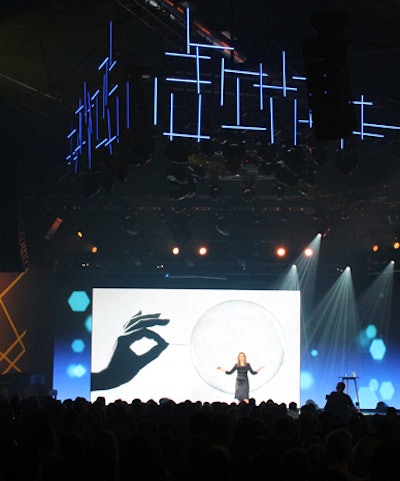
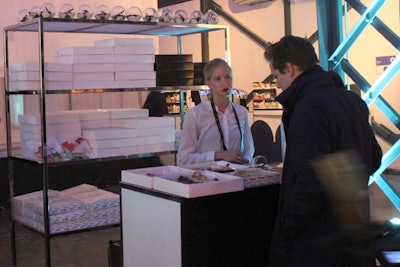
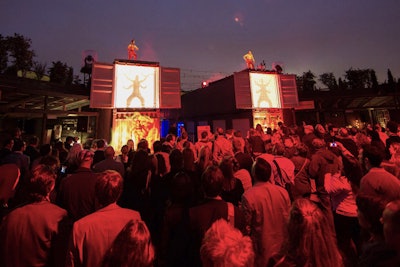
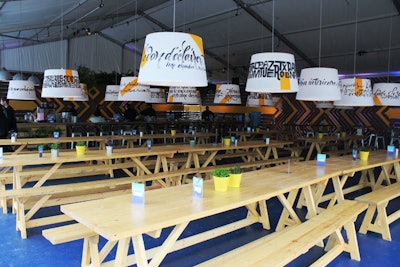

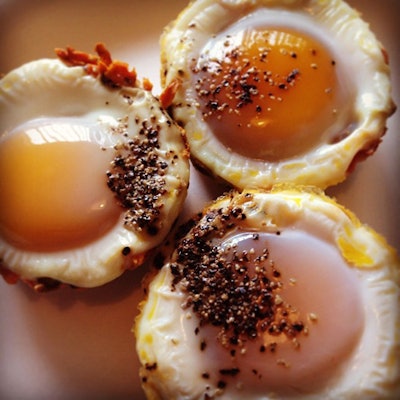
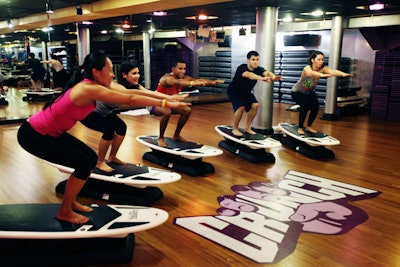
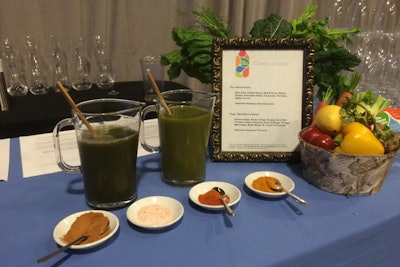
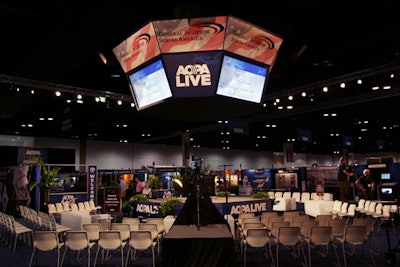
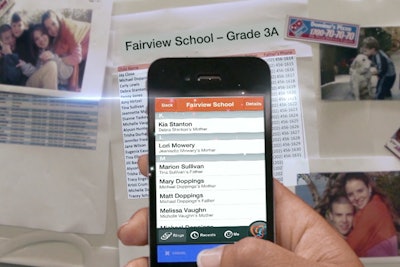
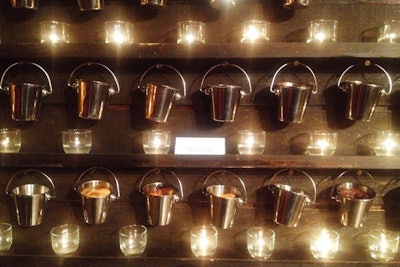
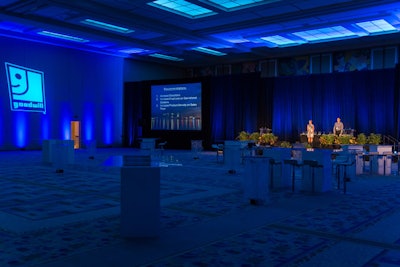
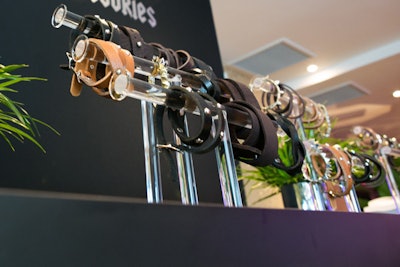
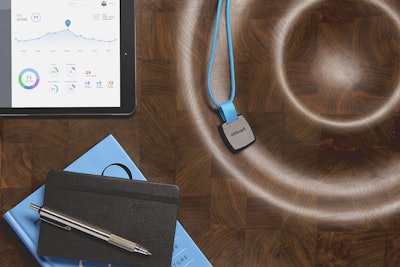
Loopd is a system that uses Bluetooth low-energy beacons to provide a variety of location-tracking tools for planners and attendees. Beacons placed around the event communicate with chips the attendees wear on a lanyard. As guests visit exhibitor booths, attend education sessions, and meet other attendees, the system tracks those movements and saves the information. At any time, guests can log into the Loopd app to see a history of those interactions, as well as receive marketing materials from exhibitors they visited. Booth staff also receive traffic information and can follow up with attendees. For networking, users can tap their badges together to share their contact information; otherwise the system will automatically collect data when two people are standing near each other for a predetermined amount of time. Planners receive real-time information about traffic flow and also data regarding retention, engagement, dwell time, and amount of connections made for attendees and exhibitors.
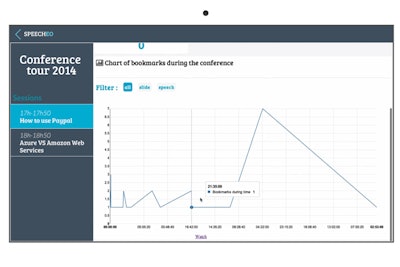
Speecheo is a new online tool for presentations designed to make it easy for audience members to take notes and also reveal to speakers and planners the most popular parts of their presentations. Attendees can view presentation slides and materials on their mobile devices and take notes alongside them. They can also capture audio and create bookmarks, so after the presentation they can review specific parts and share them on social media. Speakers and planners receive detailed analytics regarding which parts of the presentation were the most captured and shared. The system is currently in beta testing. The company expects to launch the public version in January.
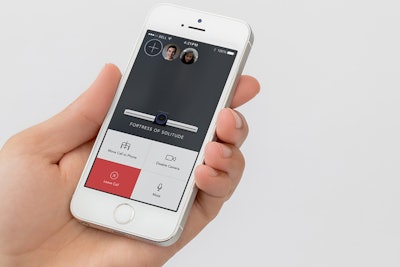
Highfive is new video conferencing system from two former Google engineers. For $799, users get a sleek device that can sit on top of a television or mount to a wall and includes a video camera, microphone array, and HDMI and Ethernet connections to connect to the Highfive online system. Users initiate a video call through the system’s app or browser and send the URL to as many as 10 other participants. Using Bluetooth low energy, the system recognizes if participants are in a room with a Highfive device and then, by swiping across their smartphone screen, the video transfers to the television in the room—without cables. The system also automatically displays video of the person talking.
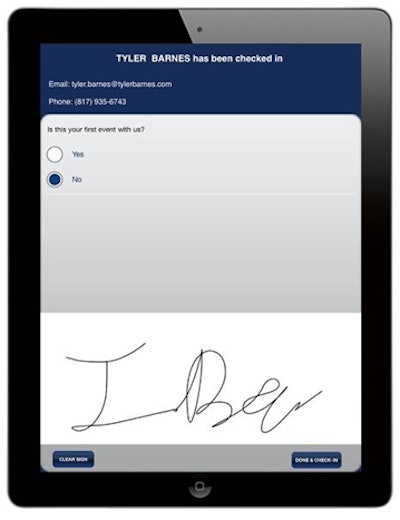
Event technology company Certain Inc. has added a digital signature option to its Check In Easy mobile app. The new Sign and Go feature is suited for events that need to collect signatures for attendance verification, compliance requirements, or gift pickup. The digital signatures can be exported as an alphabetized Excel file that includes a time stamp. Check In Easy is available for iOS and Android and is integrated with other Certain Inc. products.
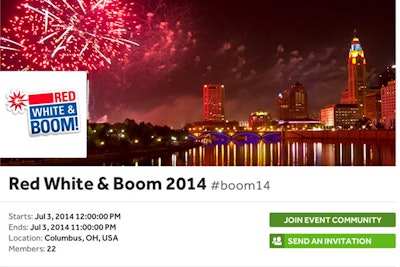
SmartCrowdz allows planners to set up an event website in minutes using its template-based system. The websites can include event schedules, maps, social media, registration, photos, digital payments, sponsorships, and more. There’s also a task management system that planners can use to track their to-do lists and manage event staff and volunteers. In October SmartCrowdz announced the launch of its event directory, a searchable database that has listings for events in each of the top 200 metropolitan areas in the United States with links to the event websites. SmartCrowdz places ads on event websites and then shares 25 percent of the revenue with planners once they have participated in one of the company’s training webinars.
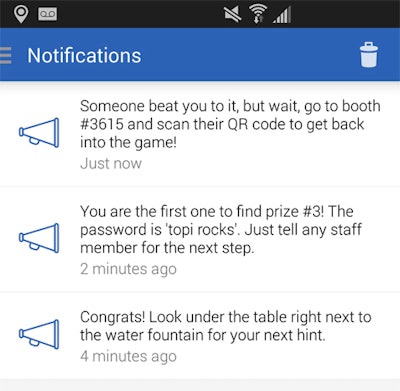
Topi is now integrating attendee tracking into its app through its new Beaconnected service. By communicating with Bluetooth low-energy beacons placed around an event, planners can use the app to track attendee movement and dwell time. They can also configure the app to trigger actions based on guest location, for example sending scavenger hunt clues as guests arrive at precise locations, sending speaker notes immediately after a presentation, or sending a survey as guests exit the venue.
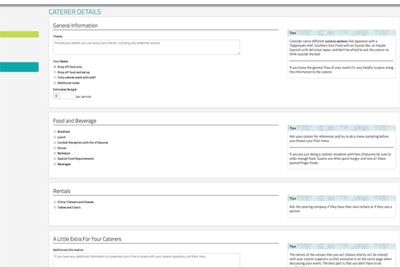
Eventsage is a new tool that helps planners find venues and vendors and then manages communication with the suppliers throughout the planning process. Users select the categories of vendors they need, such as caterers, florists, or audiovisual providers. The system prompts them to enter details, and then it generates a list of recommended suppliers. Planners choose their top three in each category and then the system sends requests to vendors for information and availability. Through what is called the “Sage Board,” planners can manage communication with all of their vendors for multiple events. The system currently includes suppliers in Vancouver and is adding Toronto, Montreal, and Calgary next spring and San Francisco and Seattle by the end of 2015.
